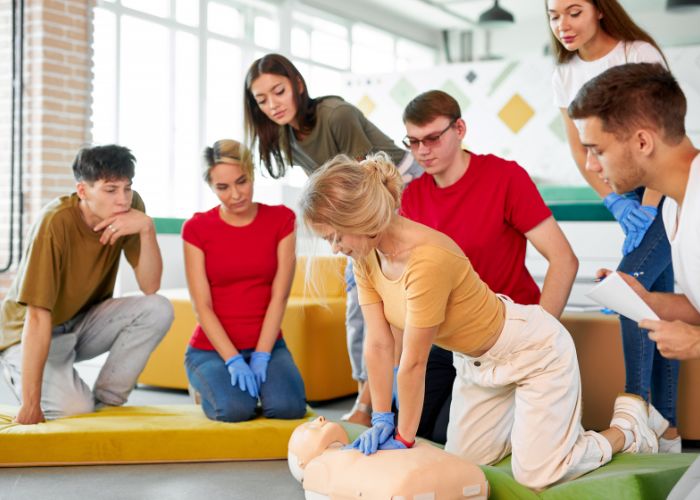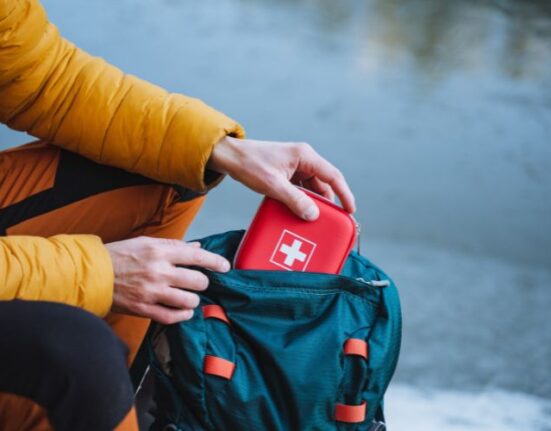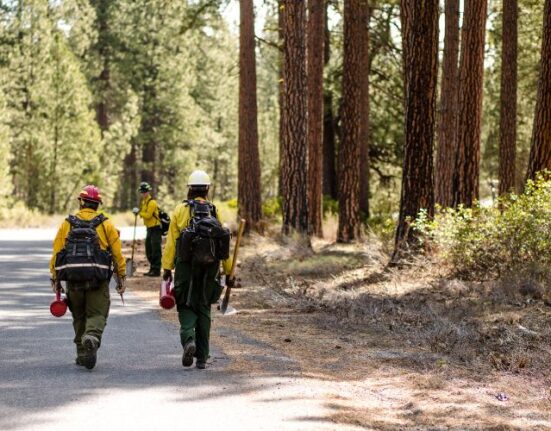Signing up for a cardiopulmonary resuscitation or CPR class opens the door to obtaining a skill that could save lives. Familiarizing yourself with several things to know before taking a CPR class will prepare you for the learning experience. Consider the following elements of CPR training before registering.
Course Content Overview
CPR classes primarily teach techniques to keep blood flowing during a cardiac arrest emergency. Participants will practice chest compressions and learn automated external defibrillator (AED) techniques.
Beyond the basic procedure, instructors will emphasize the importance of quick decision-making and recognizing when CPR is necessary. Separating fact from fiction on CPR is another valuable element of these courses that debunks myths and misunderstandings about the process.
Expectations and Preparation
Expect to engage in hands-on activities throughout the course. Instructors will conduct practical exercises using mannequins to simulate real-life situations.
One way to prepare for this class is to wear clothing that does not restrict movement during the simulation exercises. You’ll maintain your full range of motion to conduct each exercise to the best of your ability.
Additionally, arrive at the class eager to learn. This contributes to a more fulfilling, memorable experience.
Certification and Its Importance
Health care professionals aren’t the only individuals who benefit from completing a CPR course. Participants who earn a CPR certificate can apply this lifesaving skill in critical moments. This certification backs up one’s expertise and familiarity with CPR processes and AED techniques in cardiac arrest emergencies. Employers appreciate individuals with lifesaving abilities because it signifies preparedness for emergencies at work and elsewhere.
Additional Learning Opportunities
Those interested in expanding their skills can explore advanced CPR classes. Additional courses dive deeper into more technical methods for comprehensive training. Some offer specialized sessions, such as pediatric CPR or CPR for pets.
Understanding the essential things to know before taking a CPR class aids in navigating the experience. With the right mindset and preparation, participants will possess invaluable skills that could save someone’s life.

















